How WELL Certification Enhances Building Environments for Better Health and Well-being?
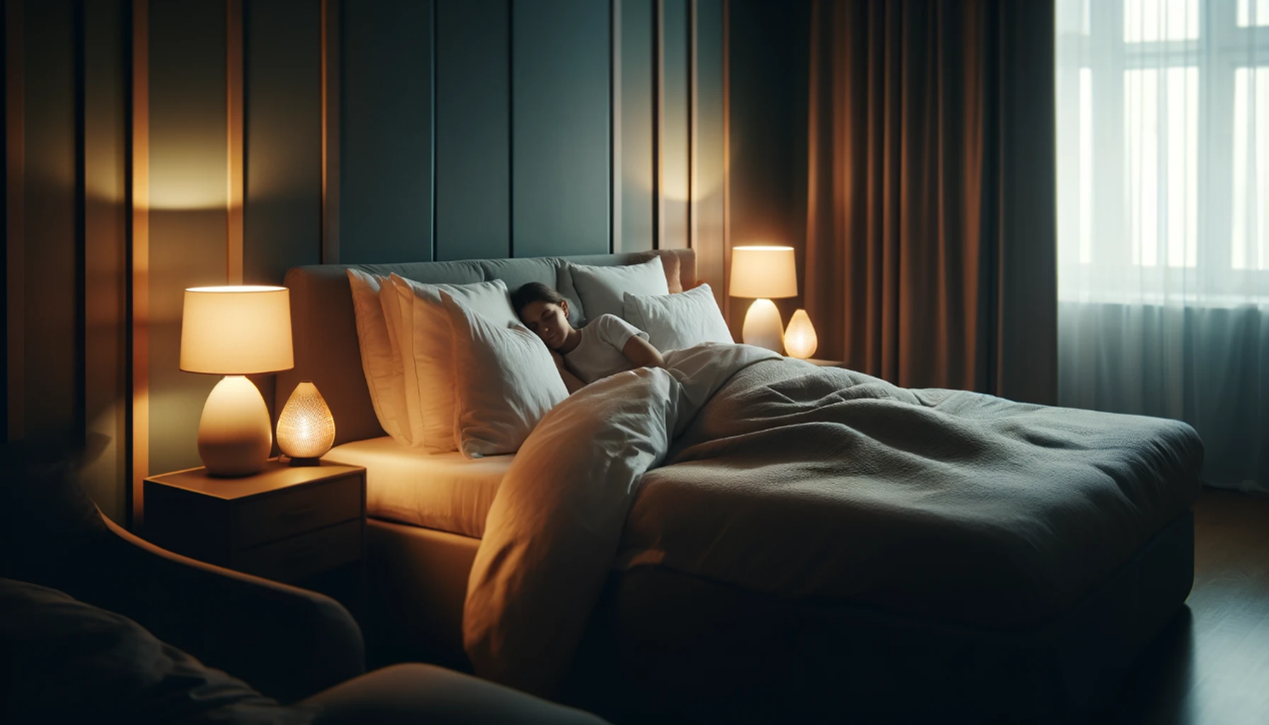
Introduction
Have you ever wondered how much of our lives we spend indoors, exposed to artificial light rather than natural sunlight? On average, a person spends about 20 hours a day inside—babies in daycare, students in classrooms, employees in offices, dining in restaurants, sleeping in bedrooms, and more. Over an 80-year lifespan, this adds up to around 584,000 hours indoors, approximately 83.3% of our lives. It’s astonishing to realize just how much time we live within indoor spaces.
Given the significant amount of time we spend indoors under artificial lighting, it’s crucial to address the potential health impacts. This is where the International WELL Building Institute (IWBI) and its WELL Building Standard come into play, guiding the development of WELL certified buildings.
This article will including below topics:
- What is IWBI? And What is WELL Certification?
- L03 Circadian Lighting Design
- Melanopic Equivalent Daylight Illuminance (melanopic EDI) as the Solution
- Measuring Melanopic EDI with UPRtek MK350S Premium
- Why Use Melanopic Lux Instead of Photopic Lux?
- L08 Electric Light Quality
- WELL Certification requiring Color Rendering Index and Flicker measurement
- Flicker measurement for WELL Certification
What is IWBI? And What is WELL Certification?
The IWBI is an organization dedicated to transforming buildings and communities in ways that help people thrive. The WELL Building Standard is a leading framework for enhancing the quality of life in buildings globally. It covers a wide range of factors that contribute to our overall health, including air quality, water quality, nourishment, light, movement, thermal comfort, sound, materials, mind, and community (source: WELL v2). By achieving WELL Certification, buildings demonstrate a commitment to creating environments that support the wellness and well-being of their occupants.

WELL Certification and WELL Core Certification levels (Resource: https://v2.wellcertified.com/en/wellv2/overview)
In this article, we will focus on one crucial aspect of the WELL Building Standard: lighting. The standard provides specific requirements to ensure optimal indoor lighting conditions, addressing the quality and impact of artificial light on our health and well-being. The WELL Building Standard encompasses nine chapters dedicated to lighting requirements, each addressing different aspects of indoor lighting design and quality. For this discussion, we will primarily focus on two specific chapters: L03 Circadian Lighting Design and L08 Electric Light Quality.

L03 Circadian Lighting Design
Impact of Circadian Rhythms
Our body’s physiological clock relies on various cues, including light, to stay synchronized. Humans evolved with a natural light-dark cycle that helps regulate this clock. However, prolonged indoor time has compromised exposure to adequate light levels, as typical indoor lighting often doesn’t match those traditionally received outdoors. Inadequate lighting affects the functionality of the circadian system and sleep quality. Disruption in circadian rhythms has been linked to obesity, diabetes, depression, and metabolic disorders. Nighttime light exposure is also associated with negative health effects, such as breast cancer, circadian rhythm disruption, and sleep disorders.

To maintain the health of circadian rhythms and keep physiological rhythms aligned with the day-night cycle, it is essential to provide appropriate lighting. Human physiological responses to light rhythms depend on the light entering the eyes, so factors such as spectrum characteristics, brightness levels, duration, and exposure time of light should be considered. Light levels must achieve the required illuminance on the vertical plane, simulating light entering the user’s eyes at eye level. Additionally, considering the duration and timing of light exposure is crucial, as stimulating the circadian system by exposure to bright light at night may negatively impact sleep quality.
Melanopic Equivalent Daylight Illuminance (melanopic EDI) as the Solution
To effectively address the need for circadian lighting, the WELL certification includes specific requirements related to Melanopic Equivalent Daylight Illuminance (melanopic EDI). Chapter L03 of the WELL certification specifies that tier 1 must achieve 136 melanopic EDI, while tier 2 must reach 250 melanopic EDI. But what exactly is melanopic EDI?

Lighting thresholds for workstations based on EML and melanopic EDI levels (Resource: https://v2.wellcertified.com/en/wellv2/overview)
Melanopic Equivalent Daylight Illuminance (melanopic EDI), measured in lux (lx), represents the amount of light that mimics the characteristics of natural daylight at 6500K (D65) and has the same effect on melanopic irradiance as the light source being evaluated. This metric focuses on how light influences the intrinsically photosensitive retinal ganglion cells (ipRGCs) in the eye, which are critical for regulating circadian rhythms. More detailed information can be found in the CIE S 026/E: 2018 standard.
Measuring Melanopic EDI with UPRtek MK350S Premium
To convert EML (Equivalent Melanopic Lux) to MEL (Melanopic Equivalent Lux, which uses the same concept as melanopic EDI), you can follow the relationship established by the WELL Building Standard, which typically involves a conversion factor based on the type of light source and its spectral power distribution.
For example, a common conversion might use a factor like 0.85 for LED light sources. This means you would multiply the EML value by 0.85 to get the MEL value.
Example Calculation:
If your EML is 100 lux and you are using a standard LED light source:
MEL=EML×0.85
MEL=100×0.85=85 lux

MK350S Premium can measure MEL Daylight Lux (equal to melanopic EDI)


UPRtek uSpectrum PC software can also give out the reading of MEL Daylight Lux (equal to melanopic EDI)
Why Use Melanopic Lux Instead of Photopic Lux?
The decision to use melanopic lux rather than traditional photopic lux stems from the distinct ways these measurements impact human physiology:
Photopic Lux: This measures illuminance based on the sensitivity of the visual system, particularly the M and L cones in the eye, which are responsible for vision under well-lit conditions.
Melanopic Lux: In contrast, this measures the irradiance that affects the ipRGCs in the retina. These cells are essential for regulating the body’s circadian rhythms and act as the primary drivers of the physiological clock.
L08 Electric Light Quality
As humans, we have evolved to see sunlight as the primary and ideal light source. Our perception of colors is tuned to the daylight spectrum, allowing us to accurately recognize colors under natural sunlight. Color can influence cognition and behavior, and using electric light sources with high color rendering can improve spatial perception, while low color rendering can impair our ability to distinguish objects and accurately perceive our surroundings.
Addressing Flicker and Color Rendering
Indoor electric lighting also often includes low-frequency flicker, which is absent in natural daylight. Flicker has been associated with eye strain, headaches, migraines, and even seizures. In 2016, migraines accounted for 16 million disability-adjusted life years (DALYs) in men and 30 million DALYs in women. DALYs measure the burden of disease by combining years of life lost due to premature mortality and years lived with disability.
To create comfortable and healthy indoor spaces, it is crucial to identify and use lighting that emits high-quality light without visible flicker. High color rendering lighting ensures that colors are rendered accurately. The CIE General Color Rendering Index (CRI) and the measures provided by IES TM-30 are commonly used to convey the color rendering properties of light sources.

TM30 mode on MK350S Premium
WELL Certification requiring Color Rendering Index and Flicker measurement
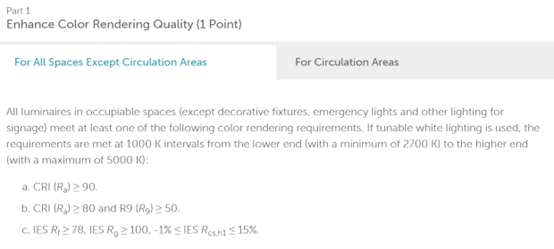
Enhance Color Rendering Quality (1 Point) – For All Spaces Except Circulation Areas (Resource: https://v2.wellcertified.com/en/wellv2/overview)
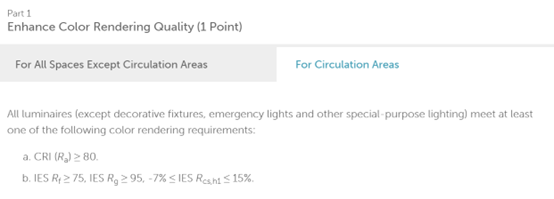
Enhance Color Rendering Quality (1 Point) – For Circulation Areas (Resource: https://v2.wellcertified.com/en/wellv2/overview)
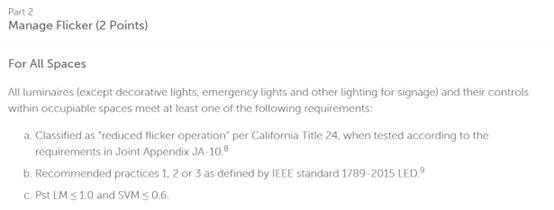
Manage Flicker (2 Points) – For All Spaces (Resource: https://v2.wellcertified.com/en/wellv2/overview)
Flicker measurement for WELL Certification
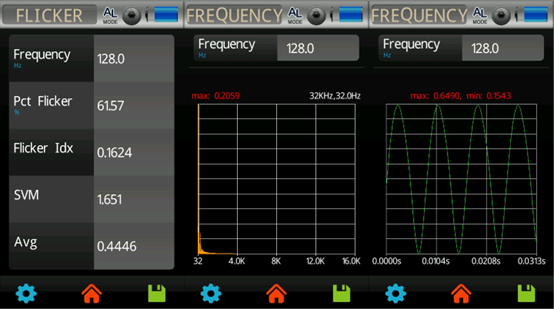
Flicker Mode including SVM on MK350S Premium
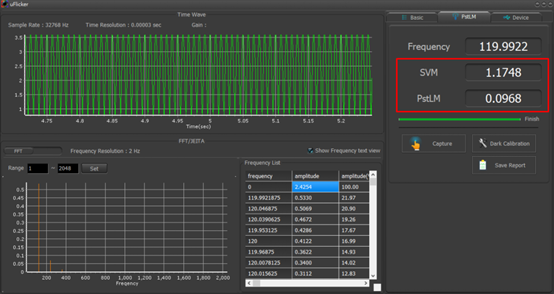
Connecting the MK350 Premium to the uFlicker PC software to see both SVM and PstLM readings simultaneously
Summary
By focusing on these aspects, the WELL Building Standard aims to ensure that indoor lighting not only supports our visual needs but also promotes overall health and well-being.
Conclusion
WELL certification highlights the significant impact of indoor environments on our health and well-being through various criteria, including lighting. Good lighting affects our circadian rhythms, mood, and productivity. The WELL Building Standard ensures buildings provide optimal lighting, promoting both physical and mental health.
Achieving WELL certification for lighting criteria fosters environments where occupants thrive. Reliable tools like the UPRtek MK350S Premium handheld spectrometer are essential in this process, ensuring compliance with WELL standards by accurately measuring and adjusting light conditions, such as melanopic equivalent daylight illuminance and electric light quality. In summary, pursuing WELL certification with a focus on high-quality lighting, supported by precise tools, not only ensures compliance but also creates healthier and more productive indoor spaces.
WELL Certification Assistant – MK350S Premium
References
https://v2.wellcertified.com/en/wellv2/overview
Hot Product
Handbook Series
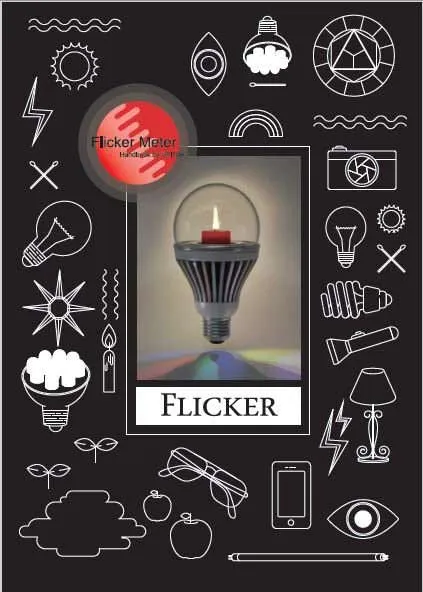
The Flicker Handbook
Everything thing you need to know about Flicker, an insidious, potentially serious lighting artifact impacting visual safety for public places like hospitals, offices, libraries, and more...
About UPRtek
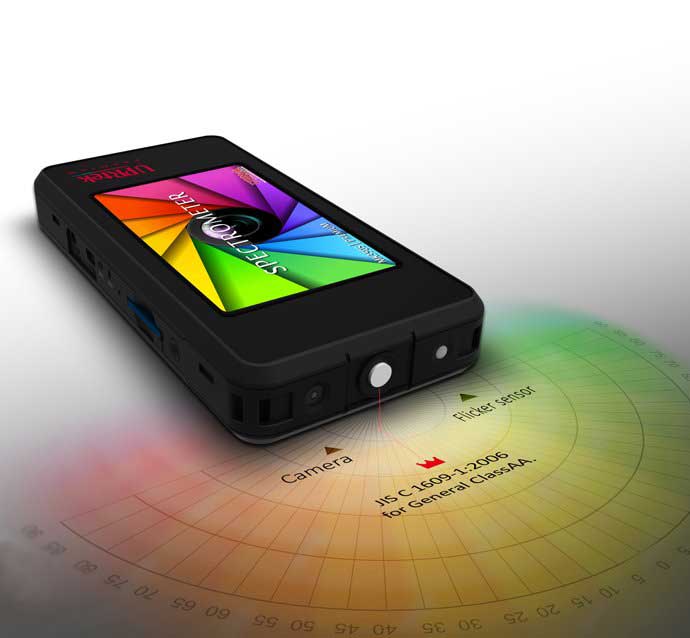
United Power Research and Technology
UPRtek (est. 2010) is a manufacturer of portable, high-precision light measurement instruments; Handheld Spectrometers, PAR meters, Spectroradiometers, Light Calibration Solutions.
UPRtek HQ, R&D and manufacturing are all based out of Taiwan, with Worldwide representation through our certified Global Resellers.
Latest Articles
Category
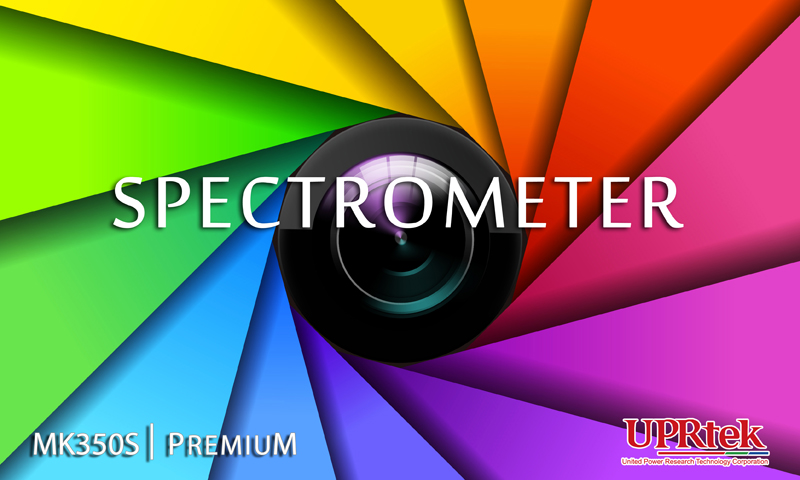

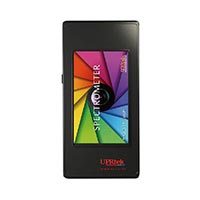
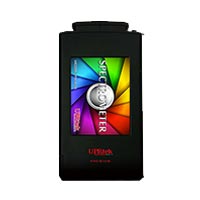
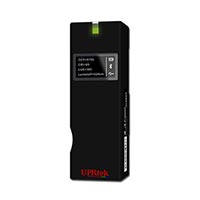
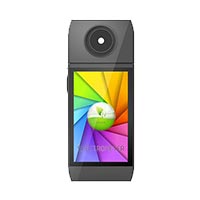
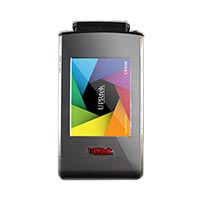
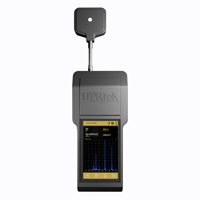
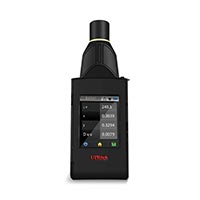
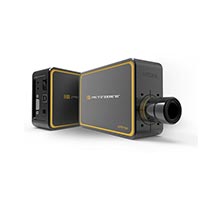
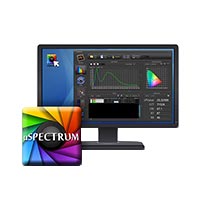

0 Comments